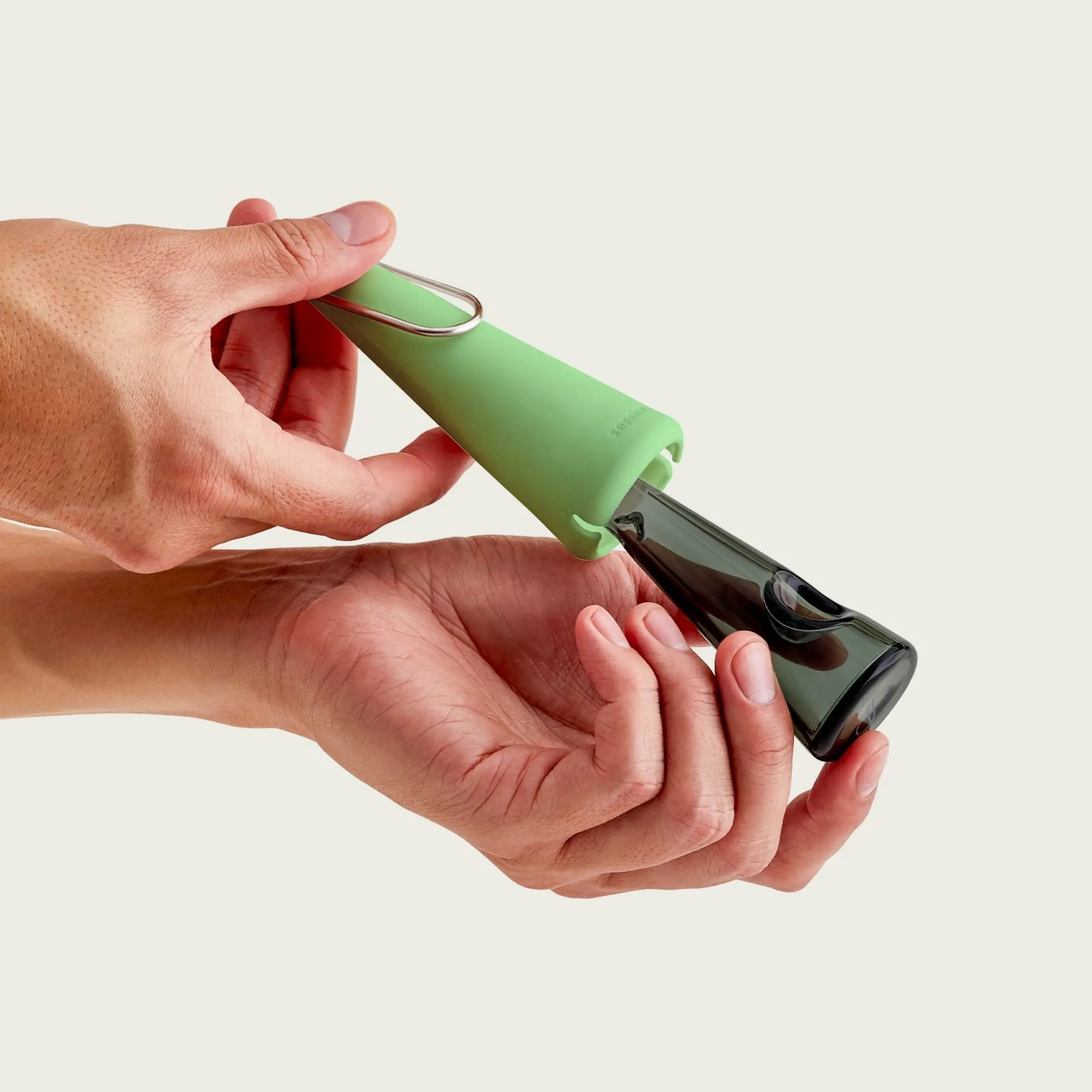Over the past four installments, we have been circling one simple idea: doing nothing is not an absence. It is a practice.
In Part 1 we asked when you were last truly bored and explored boredom as a doorway rather than a failing.
Part 2 confronted the “lazy stoner” stereotype by reframing rest as intentional and restorative.
Part 3 looked at how cultures around the world celebrate stillness and built entire vocabularies around the value of ease.
Part 4 grounded it all in biology, showing how deliberate rest supports mental clarity, nervous system health, and creativity.
Now, in Part 5, we explore a few ways to bring this practice into your own life. These exercises are simple, quiet, and meant to be done without pressure. It can feel easier to drop into them if you have taken a moment for a small session beforehand, but the benefits remain regardless of how you choose to unwind.
Three Exercises to Intentionally Do Nothing
1. The Color Walk
Step outside and begin walking with no destination in mind. Try to leave your phone behind, or at least keep it in your pocket. Before you start, choose a color. As you walk, look for that color in your surroundings. It might appear in a leaf, the trim of a building, or a passing jacket. When you find it, pause and really take it in. Notice its shade, its texture, the way light moves across it.
This is an exercise in attention. Let the colors guide your wandering. You may find yourself on a street you have never noticed before.
2. Listen to a Song or Album
Select a song or album and press play. Lay back and close your eyes. Listen intensely. Let yourself melt into your couch and allow your mind to drift with the rhythm.
A small session beforehand can help you settle into your body with more ease, which makes this moment feel welcoming rather than forced.
3. The Ceiling or Art Gaze
Find a place to sit or lie down. Look upward at your ceiling, a blank wall, or a piece of art. Do nothing else. Do not try to think or unthink. Let your mind soften and float. If restlessness shows up, stay anyway. That tightness is often the doorway into genuine quiet.
Test yourself. Can you do this for ten minutes?
Why These Practices Matter
Doing nothing is not a collapse. It is a return. A quiet breath. A walk with no purpose except to notice the world around you. A moment to invent your own narrative. These small pauses are tiny recalibrations that help loosen the grip of urgency and reconnect you with your own pace.
Little by little, you learn that you do not have to earn your rest. You simply have to allow it.
← Read Part 4 | Take me to Part 1 →













![[in] session blog escape to goulding house and watching the leaves change](http://sessiongoods.com/cdn/shop/articles/escape_goulding_summer_house_1f0cdfcd-bc35-4cab-a079-41a0287e3b10.jpg?crop=center&height=1145&v=1762960209&width=1145)

![[in] session blog — Inspiring interviews, articles about cannabis & design](http://sessiongoods.com/cdn/shop/files/session-goods-homepage-insession-blog-mobile_63644ba1-0223-434b-b77e-5f4a30d7375f.webp?v=1692127377&width=600)